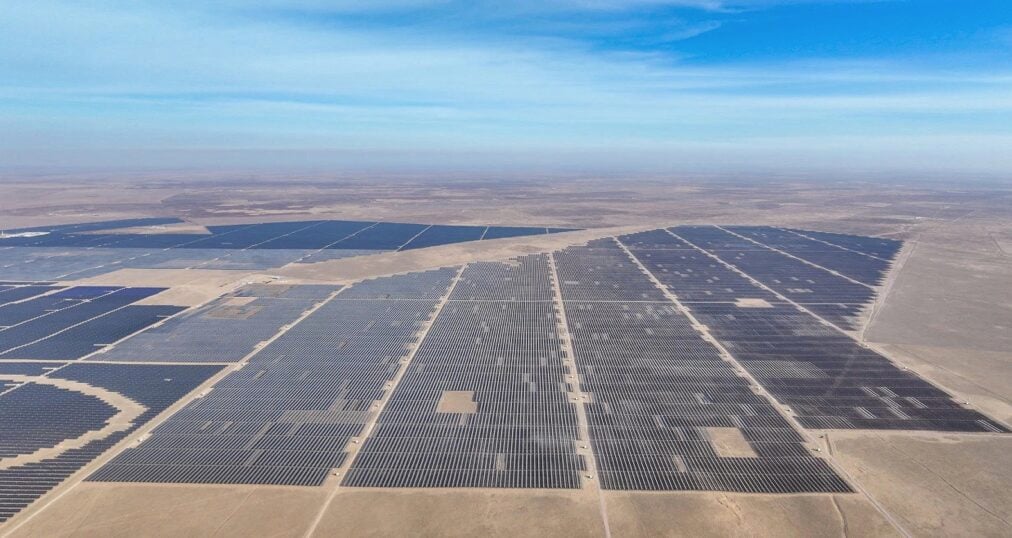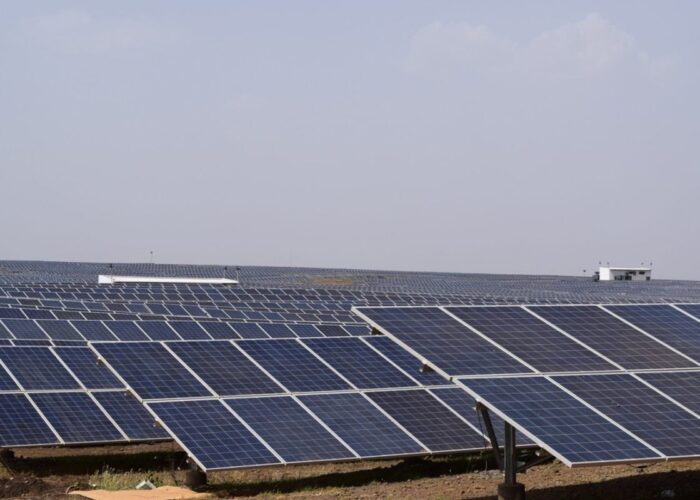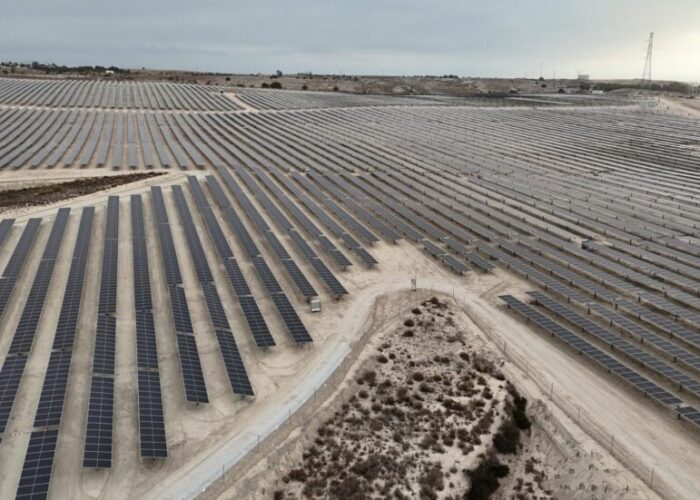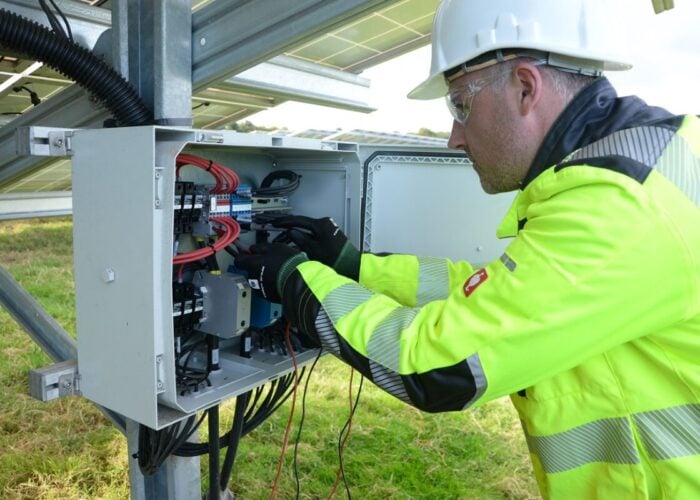
China’s largest single-capacity PV power plant built on a coal mining subsidence area has officially entered commercial operation.
The Mengxi Blue Ocean PV power station covers an area of approximately 70 square kilometres and has an installed capacity of 3,000MW, with over 5.9 million PV modules deployed across the site.
Unlock unlimited access for 12 whole months of distinctive global analysis
Photovoltaics International is now included.
- Regular insight and analysis of the industry’s biggest developments
- In-depth interviews with the industry’s leading figures
- Unlimited digital access to the PV Tech Power journal catalogue
- Unlimited digital access to the Photovoltaics International journal catalogue
- Access to more than 1,000 technical papers
- Discounts on Solar Media’s portfolio of events, in-person and virtual
Or continue reading this article for free
Located in Otog Front Banner, Ordos City, in the Inner Mongolia Autonomous Region, the project primarily uses coal mining subsidence areas and areas awaiting mining. It is one of China’s second batch of large-scale wind-PV projects in desert and Gobi regions, and it is also a key supporting project for the ±800kV ultra-high-voltage direct current transmission project from Shanghaimiao in Ordos, Inner Mongolia, to Linyi, Shandong province, which is part of China’s “West-to-East Power Transmission” initiative.
CHN Energy, which was responsible for the construction of the project, said H-shaped steel piles had been used as the foundations for the single-axis tracking systems. This enabled the pile diameter to be reduced to 100mm compared to 400mm for concrete precast piles, significantly minimising damage to the grassland landscape, according to the company.
Within the same area, the project was segmented into multiple PV units. When part of the ground subsides, PV modules can be more flexibly adjusted to ensure the optimal angle for sunlight exposure.
CHN Energy said that the project innovatively implemented an integrated module-tracker construction technology, marking its first application internationally. This approach significantly reduced manual labour and boosted installation efficiency by 25%. The project also employed new types of intelligent cleaning robots to efficiently remove dust and dirt from the PV modules, thereby maintaining the modules’ conversion efficiency.
What is noteworthy is the project’s power transmission capability. Guided by the concept of “bundling thermal and PV, joint transmission, comprehensive demonstration, and technological leadership”, the project can transmit green power across thousands of miles from western Inner Mongolia to Shandong Province. The project is expected to generate an annual output of 5.7 billion kilowatt-hours, which is enough to meet the annual power needs of 2 million households, or equivalent to addressing the power demand of a medium-sized city in China.







